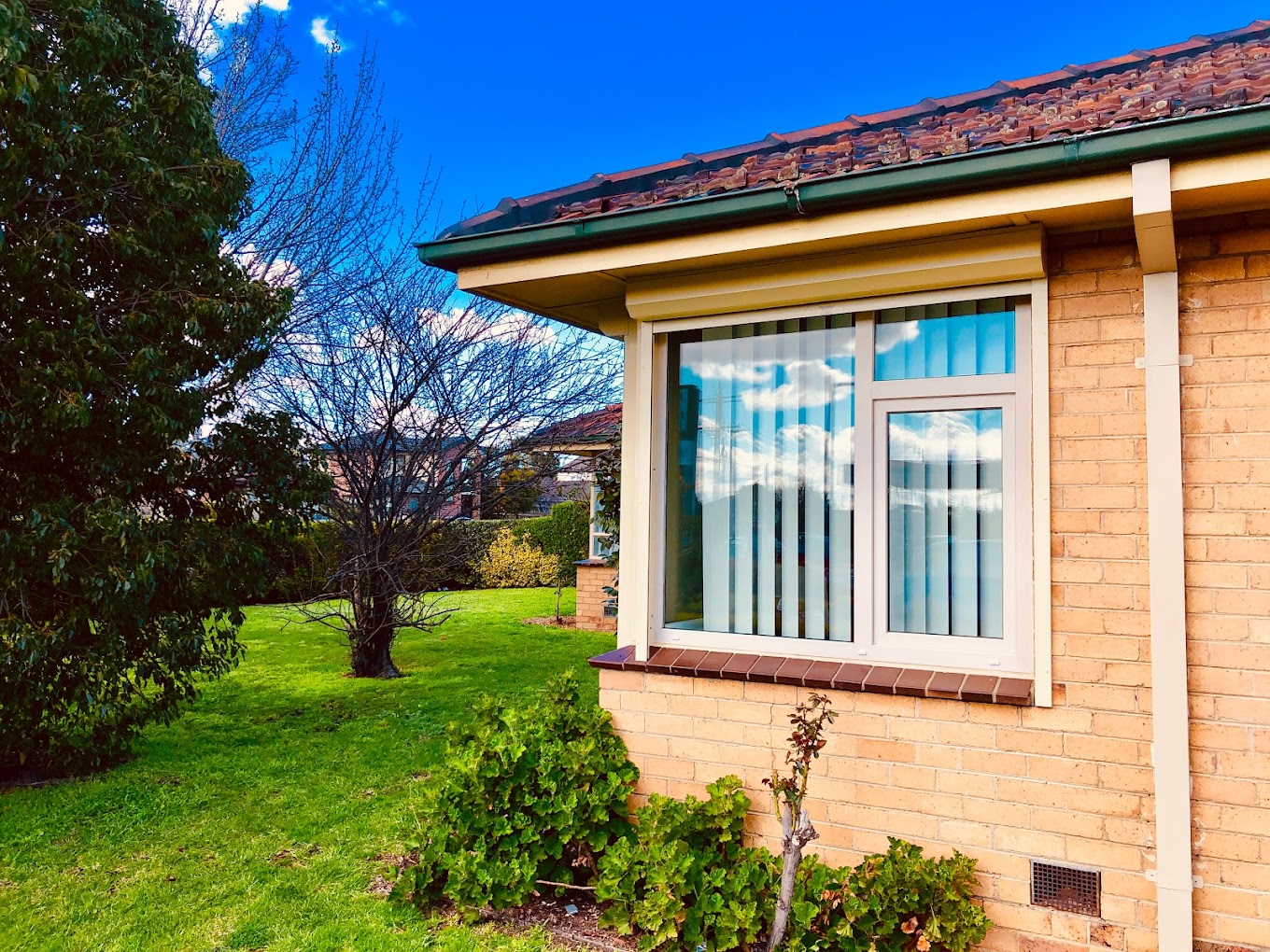All Categories
Featured
Table of Contents
Glazing And Glass Options - Smarter Homes in Alexander Heights Perth
Laminated glass is often utilized in locations in the house most vulnerable to injury from human effect such as bathrooms, doors, around staircases and in locations near to the floor (it fulfills the requirements of 'shatterproof glass' that is mandated for use in these locations by Australian Basic AS 1288 Glass in structures).
Toughened glass has actually been 'tempered' by being reheated and rapidly cooled again. This process makes it much more powerful than basic glass it can withstand higher effect loads prior to breaking. It also makes it much safer due to the fact that, when it does shatter, it breaks into numerous little cubic pieces instead of dangerous shards.
Glazing And Glass Options - Smarter Homes in Jandakot WA
Toughened glass has no thermal or acoustic advantages over other glass of the very same toning or density. Secondary glazing is where single-glazed windows are retrofitted with a transparent acrylic or glass sheet connected to the within the frame or openable sash with a secondary frame or with magnetic strips.


Secondary glazing will not perform too thermally as a made IGU, since it is impossible to completely seal the perimeter, but it can supply excellent sound control. Window movies are a thin polymer movie containing an absorbing dye or reflective metal layer, with an adhesive backing. They stay with your glazing to change its colour or make it reflective.
A Complete Guide To Double Glazed Windows in Samson Perth
Applied to existing glass, some window films can cut in half the total SHGC of the window by soaking up and/or reflecting solar radiation. This can be especially helpful in hotter climates where cooling is the main issue, or on east and west elevations directly exposed to long durations of sunlight. Window movies may also reduce visible light transmittance.

For this factor, it is usually best to use an accredited installer of window movie. Frames have a significant influence on the thermal efficiency of doors and windows, due to the fact that energy can be gotten and lost through the frame, as well as through the glass. Various types of frame will permit different levels of heat gain and loss, so cautious option of frame is essential for efficient passive style.
Does Double Glazing Reduce The Heat In Brisbane's Summer? in Mt Richon Western Australia
Nevertheless, aluminium is likewise a great conductor of heat and will decrease the insulating value of a glazing system, unless specifically engineered to reduce this. A 'thermally broken' frame is made up of 2 aluminium sections linked by a structural insulator (generally a low-conductivity structural polymer). This 'breaks' the thermal connection through the aluminium and minimizes the heat streaming through the frame.
They can be costly, however prices are reducing as they become more common. Timber frames are a great natural insulator that can suit some house designs. Wood frames should be made from species that have naturally high sturdiness or be treated to prevent decay and deformation. Check that the lumber is sourced from a sustainably handled forest.
Climateframe Double Glazing: Perth's Double Glazed ... in Willagee Western Australia
(weather condition stripping) is installed.
u, PVC windows and doors have outstanding thermal performance Photo: Ben Wrigley (Light House Architecture and Science) Composite frames use aluminium profiles on the outer sections with either a timber or u, PVC inner area. These combine the low upkeep and sturdiness of aluminium with much improved thermal efficiency.
Table of Contents
Latest Posts
A Complete Guide To Double Glazed Windows in Wexcombe Western Australia
Which Type Of Glass Is Best For Energy Efficiency? - A&l Windows in Boya Perth
Insulated Glass Unit – Igu in Joondanna Perth
More
Latest Posts
A Complete Guide To Double Glazed Windows in Wexcombe Western Australia
Which Type Of Glass Is Best For Energy Efficiency? - A&l Windows in Boya Perth
Insulated Glass Unit – Igu in Joondanna Perth